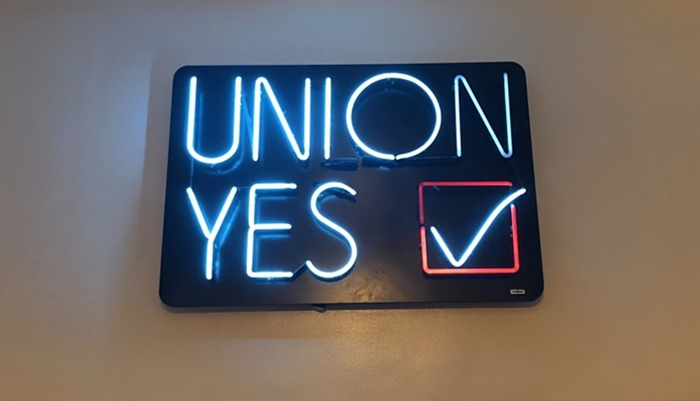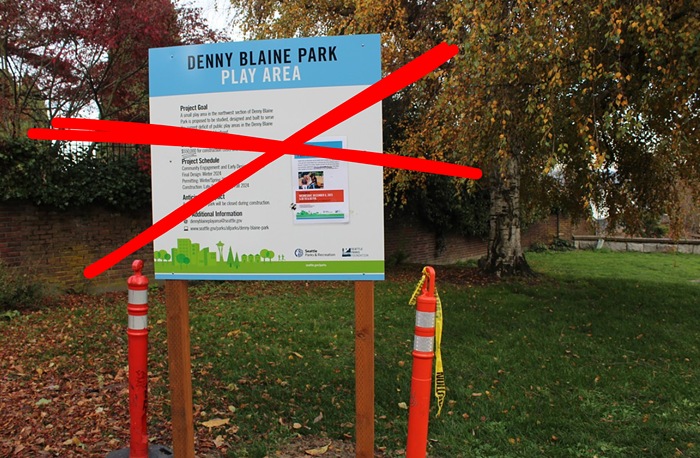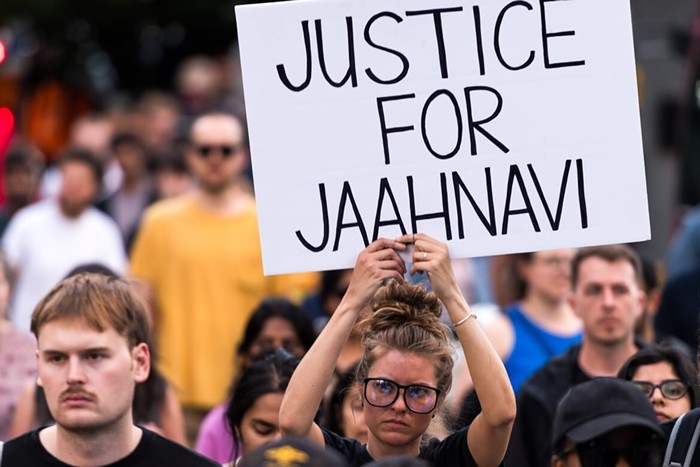
- Courtesy of the Walsh family
- PHYLLIS WALSH Her body was found on the lawn of her South Seattle home last July.
I've been struck every time I've listened to someone talk about going through foreclosure: They all describe in similar terms how the process hollows out your hopes, how being buried in paperwork and slowly but surely losing one's home makes you feel alone and desperate. Now, a study by researchers from the University of Wisconsin-Madison and Purdue University confirms that an increase in foreclosures during the past six years drove up the suicide rate:
To search for relationships between foreclosure and suicide rates, the researchers controlled for certain variables like the unemployment rate, and then honed in on intrastate data. … These steps led the researchers to a grim discovery—one that implicates banks’ irresponsible lending practices in more than just the death of middle-class prosperity.
"Our results suggest that the foreclosure crisis significantly contributed to the increase in suicides in the Great Recession," the researchers write in their paper.
A statistically significant within-state foreclosure effect on suicide rates was detected between 2005 and 2010 for two age groups studied—30- to 45-year-olds, and 46- to 64-year-olds. The effect for 30- to 45-year-olds was small. It was vast for those who were still of working age but approaching retirement, helping explain the 18 percent suicide rate among 46- to 64-year-olds. [Dartmouth sociologist Jason] Houle says the findings help explain the puzzling rise in middle-aged suicide rates in a recession-wrecked nation.
In the past year, the Seattle City Council has talked about doing something to stop unethical or illegal foreclosures—but so far, has done nothing.


















